INDEPENDENT & UNBIASED
All products featured on MyGolfSpy are independently selected and tested by our staff. However, when you buy something through our retail links, we may earn an affiliate commission.
38
Products
Considered
340
Hours
Researched
18,088
Shots
Hit
62.1m
Readers
The Best Drivers for Mid Swing Speeds
Today, we reveal our test results for the Best Drivers for Mid Swing Speeds (90 to 105 mph). If this applies to you, read on. If not, stay tuned. Test results for slow swing speeds are on the horizon.
Our mission is to understand and discover which piece of equipment best serves each individual golfer. Our 2021 Most Wanted Driver Test featured 38 different models—35 testers with 35 uniquely different swing characteristics. In the end, 18,000+ shots of data allow for a breakdown of the best drivers for three different swing speed categories: high, mid and slow.
The Best Driver for Mid Swing Speeds: Titleist TSi3
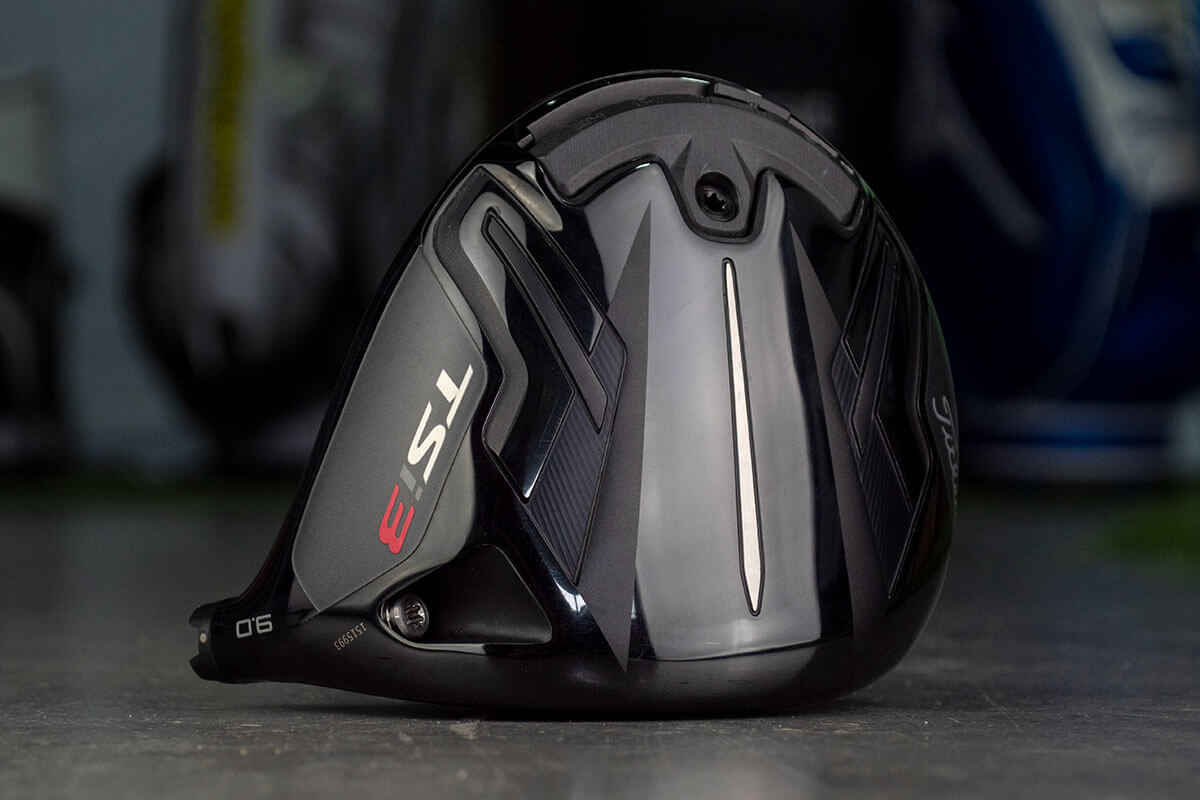
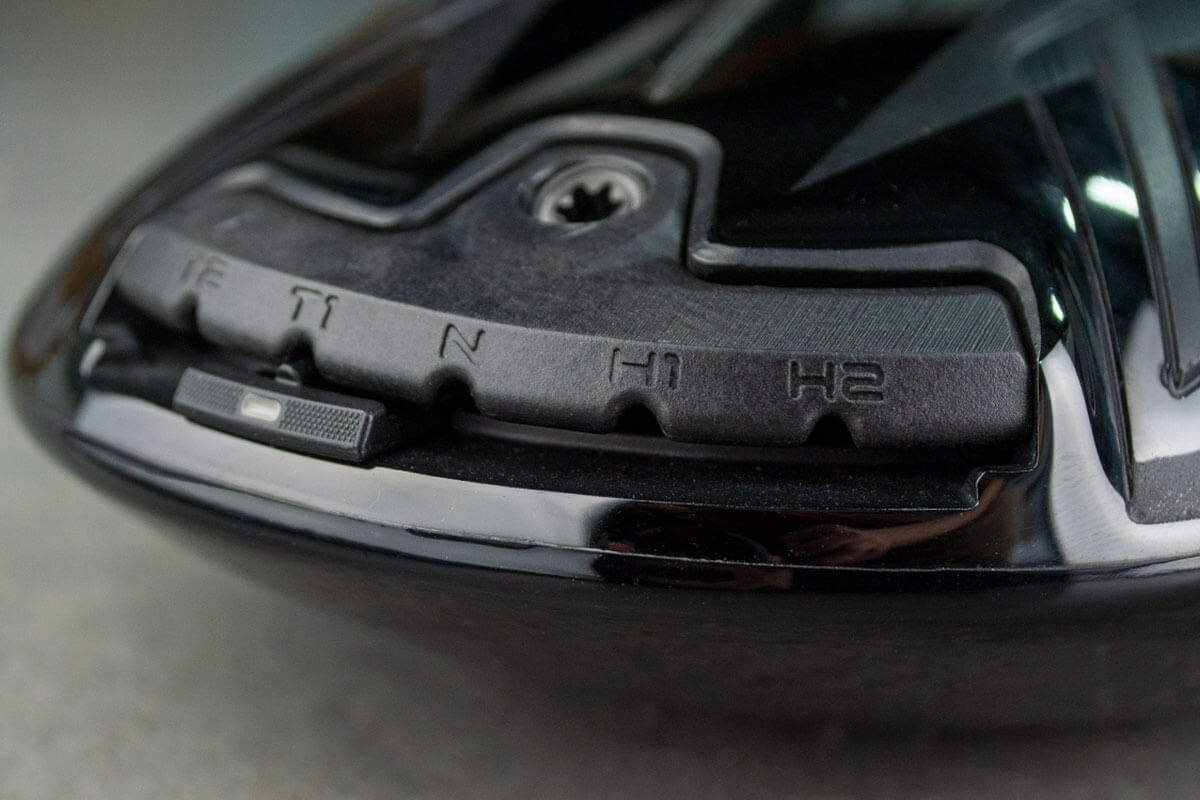
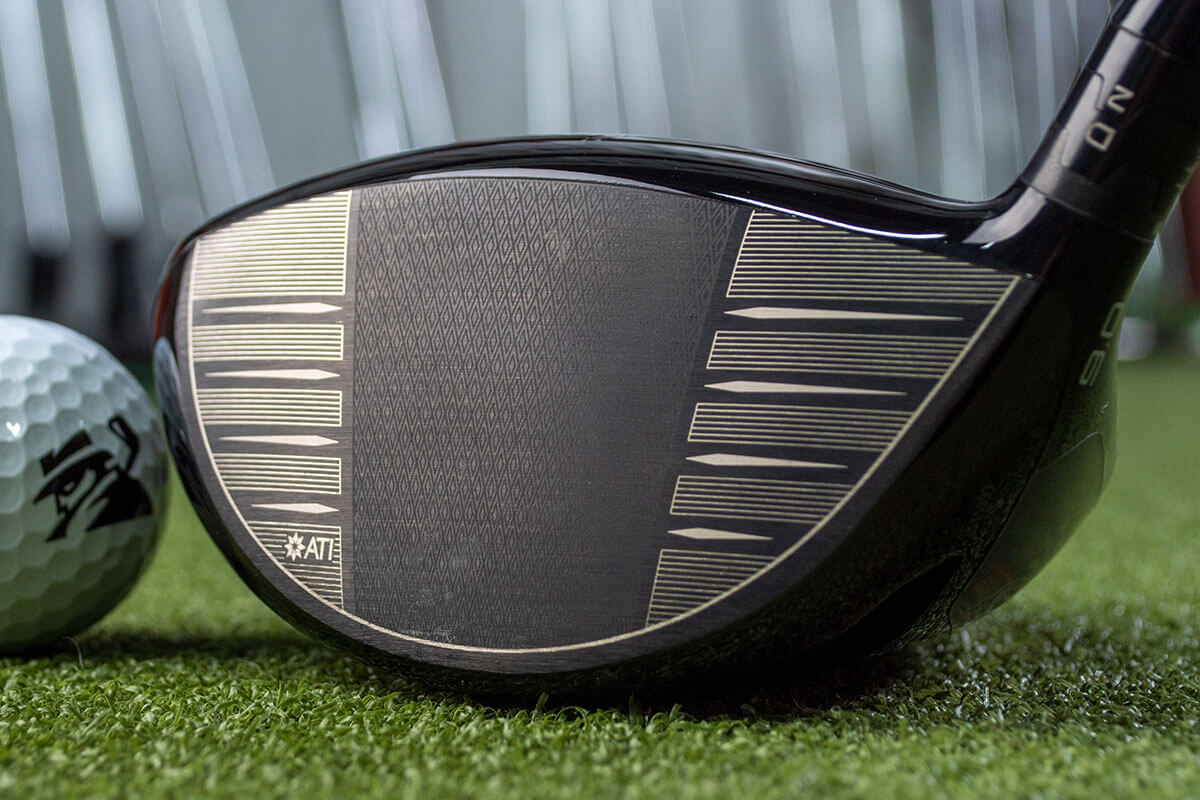

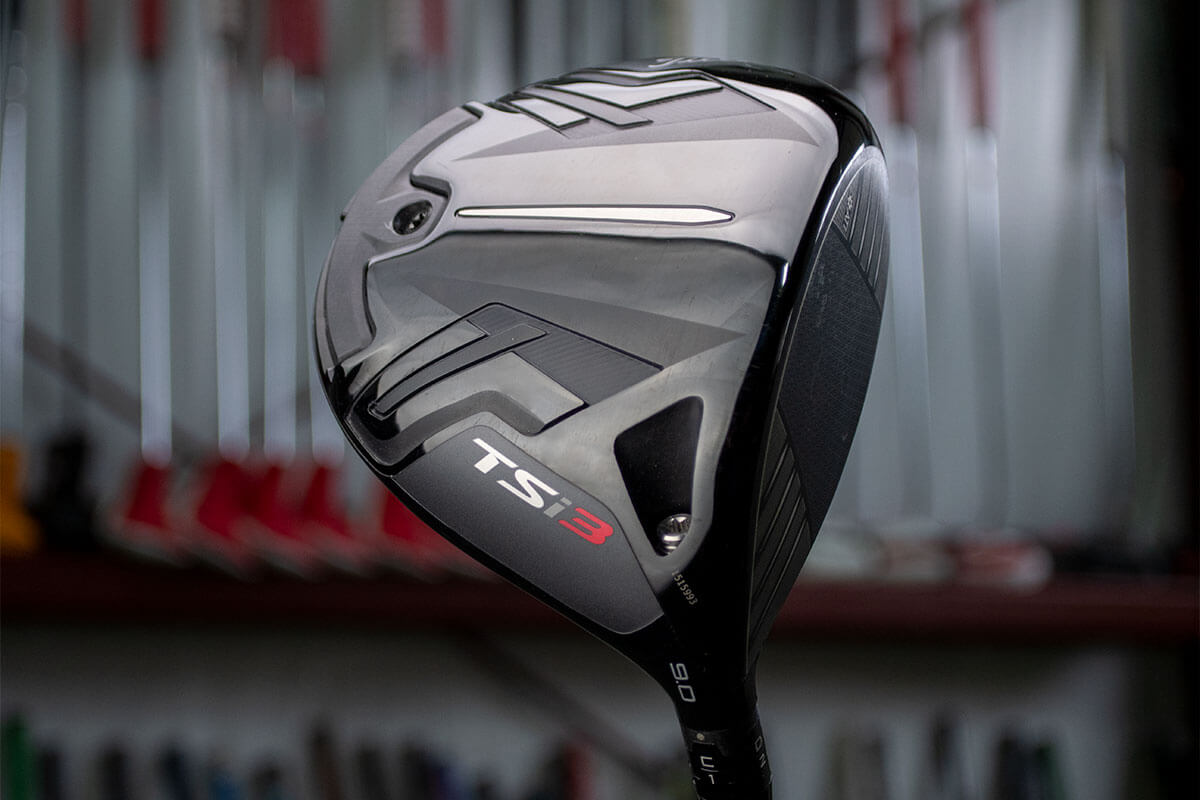
The best driver for mid swing speeds is the Titleist TSi3. “Strokes gained” is the ultimate measurement of performance and this is where the TSi3 makes its mark.
- 1st in strokes gained
- 4th in total distance
- 17th in forgiveness
While its forgiveness performance is mediocre, the TSi3 excels in the metric that catches most golfers’ attention: distance. The combination of distance and the best strokes-gained score has this as a potential perennial performer.

BEST TOTAL DISTANCE FOR MID SWING SPEEDS - COBRA RADSPEED
The Cobra RADSPEED is a distance machine. Not only was it the best driver for total distance in the High Swing Speed Category, it continues its rule in the Mid Swing Speed Category. If you are looking for pure distance, give this driver a go.
Driver Buying Considerations
Performance should be your primary concern when looking for the best drivers of 2021 but there are some additional considerations you may want to think about before you buy.
Cost
The 2021 Most Wanted Driver Test features drivers from $229.99 to upwards of $700, excluding any exotic shaft upgrades. The 2021 Most Wanted Driver, Callaway Epic Max LS, will set you back $529.99. If that’s more than you’re willing to spend, the PXG 0211 ($289) and Tour Edge Exotics EXS Pro offer tremendous value. Splitting the difference, COBRA’s RADSPEED and RADSPEED XB are stellar performers. Their price point of $449 makes them all the more intriguing.
EXPERT TIP - How To Improve Accuracy
Shaft selection matters. Not only can it be used to optimize launch and spin conditions, but it can also have a significant influence on accuracy. Key factors, such as, weight, stiffness, and torque can dictate how the clubhead bends and twists as it is delivered to the ball, which ultimately impacts your ability to deliver the club consistently and hit straighter shots.
Shaft Selection
Several manufacturers continue to provide low-cost, made for shafts as stock options in their drivers. The performance is often adequate (though not likely what you’d get from a properly fitted aftermarket shaft) but, make no mistake, made for shafts are usually selected to boost margins, not performance.
While we recommend working with a competent fitter, we understand that many of you will buy off the rack. With most manufacturers offering two or three stock shafts to choose from, it’s still important to find the best fit within a stock lineup.
Finally, while we always recommend taking a performance-first approach, when comparing prices, golfers should understand there’s more value to be found from brands who don’t water down their shaft offerings. Titleist continues to offer a robust selection of featured shafts. Mizuno and COBRA also deserve mention for featuring “real-deal” Fujikura Motore X F1 and F3 shafts among their stock offerings.
Distance Versus Dispersion
Distance is king. We understand the temptation to prioritize an extra yard or two but, given the similarities in distance between drivers, we believe golfers should prioritize tighter dispersion and greater consistency over minimal additional yardage.
For most golfers, it may be worth forgoing those couple of yards in favor of smaller numbers (tighter standard deviations) and smaller circles (better dispersion).
Shot Shape Correction
If you struggle with a slice, it’s important to know you have options. Dedicated draw-bias drivers (no movable weights) are typically the most effective at reducing right-side misses. However, if you’re looking for something that will work for you as you try to improve your swing, a movable weight driver may be the better option.

BEST FORGIVENESS FOR MID SWING SPEEDS - PING G425 MAX
With the 2nd highest "fairway hit" percentage, the PING G425 Max took the spotlight for best forgiveness in the mid swing speed category. Consistency and "fairways hit" are a beneficial combination. If you want both performance metrics, give the G425 Max a go.
The Best Drivers for Mid Swing Speeds: Data
To filter and compare by club, use the drop-down list and checkboxes to select only the drivers you wish to compare. Mobile users should rotate their phones to landscape mode.
EXPERT TIP - Movable Weights
Moving weight forward can decrease ↓ launch angle and reduce spin by up to 250-500 RPM. Moving weight back will increase ↑ launch and spin, while boosting MOI (forgiveness). Heel positions are less forgiving than back positions, but help golfers fight a slice.
Moving weight forward often introduces a bit of fade bias, while back weight positions tend be more draw-biased (though not as much as heel positions)
Mid Swing Speeds: What You Need to Know. Simplified
Congratulations, you’ve read further than most of your peers. So if you’re here, you get bonus in-depth information. Tell your friends. If you swing between 90 to 105 miles per hour, take these notes into consideration:
- Ball speed is an intriguing talking point. Without question, it is a statistic that jumps off a page for readers. The TaylorMade SIM2 is the best driver for ball speed in the mid swing speed category.
- For mid swing speeds, the top five drivers for total distance separated themselves from the rest of the field. There was a 1.6-yard differential between fifth and sixth. Between first and fifth, there was a 2.2-yard differential. If distance is your goal, these drivers are worth your consideration: COBRA RADSPEED, Callaway Epic Max LS, Titleist TSi4, Titleist TSi3 and TaylorMade SIM2.
- If you crave accuracy over distance, these four drivers excel with finding the fairway: Callaway Epic Max, Titleist TSi2 and Tour Edge Exotics EXS Pro.
- Spin comes in many forms within the mid swing speed category. Some players struggle with low spin, some with high spin. With 2,400 rpms, these two drivers provide consistent, playable spin numbers: Srixon ZX5 and Mizuno ST-Z.
Driver Tips
- Distance Versus Accuracy: Don’t sacrifice accuracy for a few more yards. Manufacturers know you want distance and often cheat distance through longer shafts. A 46-inch shaft will almost always get you more yards but it typically leads to less accuracy and more dispersion.
- Adjustable Loft: Adjusting loft changes the face angle. Adding loft ↑ closes the face while decreasing loft ↓ opens the face. By understanding the relationship between loft and face angle and the influence face angle has on where your ball starts, you can leverage loft adjustability to improve accuracy.
- Looks Versus Performance: Don’t overvalue looks. Golfers tell us all the time that they can’t hit a club well if they don’t like how it looks but we’ve found very little evidence to suggest this is true. Very often, golfers produce outstanding results with clubs they claim to despise. Keep an open mind about a club that you may not find visually appealing.
- Adjustable Weights: Not all adjustable weighting systems are created equal. You can leverage movable weight to its fullest potential by looking for systems that allow you to move significant mass over a wider area of the clubhead while keeping the weight close to the perimeter of the golf club. Lighter weights moved over small distances or moved between central locations will have a minimal impact on ball flight.
2021 Most Wanted Driver Product Specifications
2021 Most Wanted Driver Product Specs
| Product | Stated Loft | Measured Loft | Measured Length | Measured Swing Weight | |
|---|---|---|---|---|---|
 | Ben Hogan GS53 Max Check Price | 9 | 9.4 | 45.875" | D6.6 |
 | Callaway Epic Max Check Price | 9 | 8.9 | 45.5625" | D3.2 |
 | Callaway Epic Max LS Check Price | 9 | 9.2 | 45.625" | D4.0 |
 | Callaway Epic Speed Check Price | 9 | 8.9 | 45.5" | D3.4 |
 | Cleveland Launcher HB Turbo Check Price | 9 | 9.3 | 45.6875" | D5.9 |
 | Cobra RADSPEED Check Price | 9 | 8.2 | 45.375" | D0.8 |
 | Cobra RADSPEED XB Check Price | 9 | 8 | 45.875" | D2.3 |
 | Cobra RADSPEED XD Check Price | 10.5 | 10.1 | 45.875" | D1.3 |
 | Honma T//World GS Check Price | 9.5 | 9.9 | 45.6875" | D2.7 |
 | Honma TR20 440 Check Price | 9.5 | 9.8 | 45.3125" | D3.2 |
 | Honma TR20 460 Check Price | 9.5 | 9.9 | 45.375" | D3.5 |
 | Inesis 500 Check Price | 12 | 11.2 | 45.375" | D4.2 |
 | Mizuno ST-X Check Price | 10.5 | 10.6 | 45.125" | D3.7 |
 | Mizuno ST-Z Check Price | 9.5 | 9.8 | 45.0625" | D3.9 |
 | PING G425 SFT Check Price | 10.5 | 10.6 | 44.875" | D2.3 |
 | PXG 0211 Check Price | 9 | 9.3 | 45.25" | D1.8 |
 | PXG 0811 X Gen4 Check Price | 9 | 9.3 | 45.25" | D2.2 |
 | PXG 0811 XF Gen4 Check Price | 9 | 9.3 | 45.375" | D2.2 |
 | PXG 0811 XT Gen4 Check Price | 9 | 9.5 | 45.3125" | D2.3 |
 | Srixon ZX5 Check Price | 9.5 | 9.6 | 45.4375" | D3.6 |
 | Srixon ZX7 Check Price | 9.5 | 10 | 45.4375" | D4.0 |
 | TaylorMade SIM2 Check Price | 9 | 9.2 | 45.625" | D6.5 |
 | TaylorMade SIM2 Max Check Price | 9 | 8.9 | 45.625" | D4.5 |
 | TaylorMade SIM2 Max D Check Price | 9 | 9.3 | 45.625" | D3.6 |
 | Titleist TSi1 Check Price | 9 | 9.5 | 45.625" | D4.2 |
 | Titleist TSi2 Check Price | 9 | 9.2 | 45.5" | D4.0 |
 | Titleist TSi3 Check Price | 9 | 9.2 | 45.5" | D2.7 |
 | Titleist TSi4 Check Price | 9 | 9.4 | 45.5" | D4.8 |
 | Tour Edge Exotics C721 Check Price | 9.5 | 8.2 | 45.375" | D2.0 |
 | Tour Edge Exotics EXS Pro Check Price | 9.5 | 9.4 | 45.5" | D4.2 |
 | Tour Edge Hot Launch C521 Check Price | 9.5 | 8 | 44.9375" | D3.2 |
 | Wilson Staff D9 Check Price | 9 | 9.4 | 45.3125" | D4.4 |
 | Wilson Staff Launch Pad Check Price | 9 | 9.5 | 45.125" | D2.9 |
 | XXIO Eleven Check Price | 9.5 | 10.1 | 45.8125" | D3.8 |
 | XXIO X Check Price | 9.5 | 10.2 | 45.5" | D1.7 |


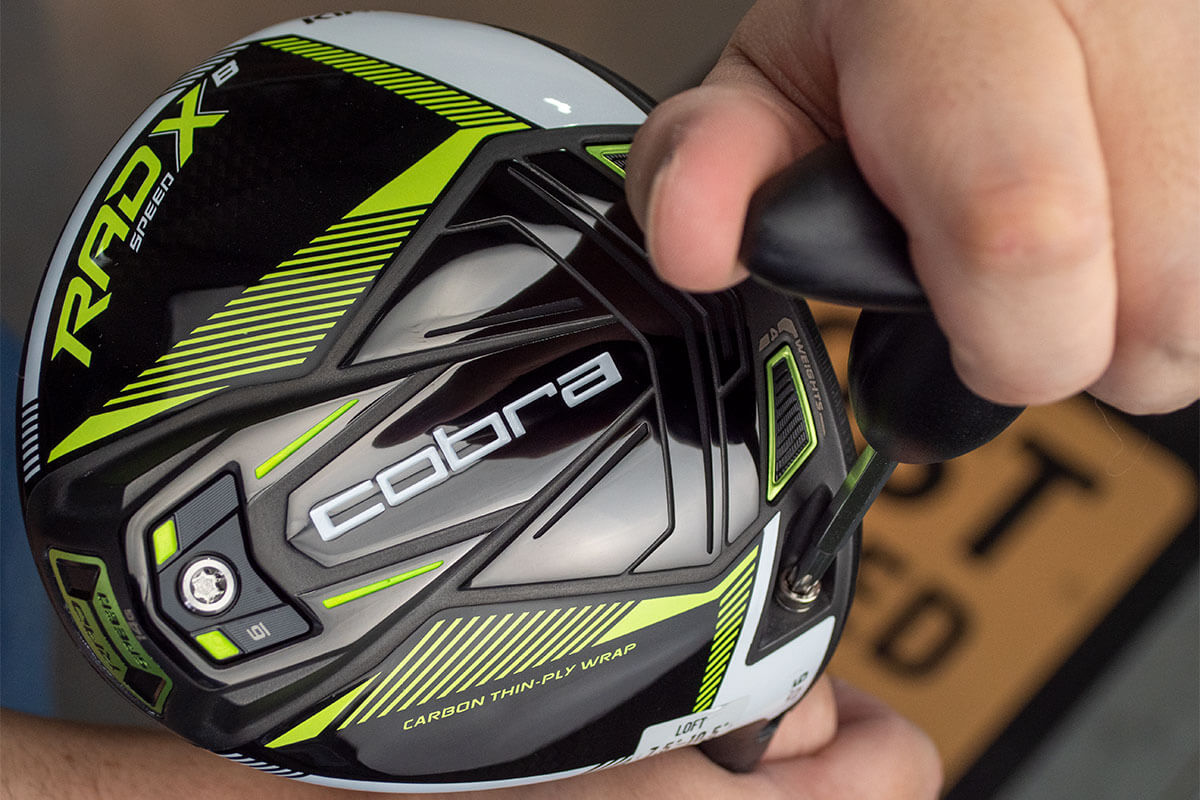
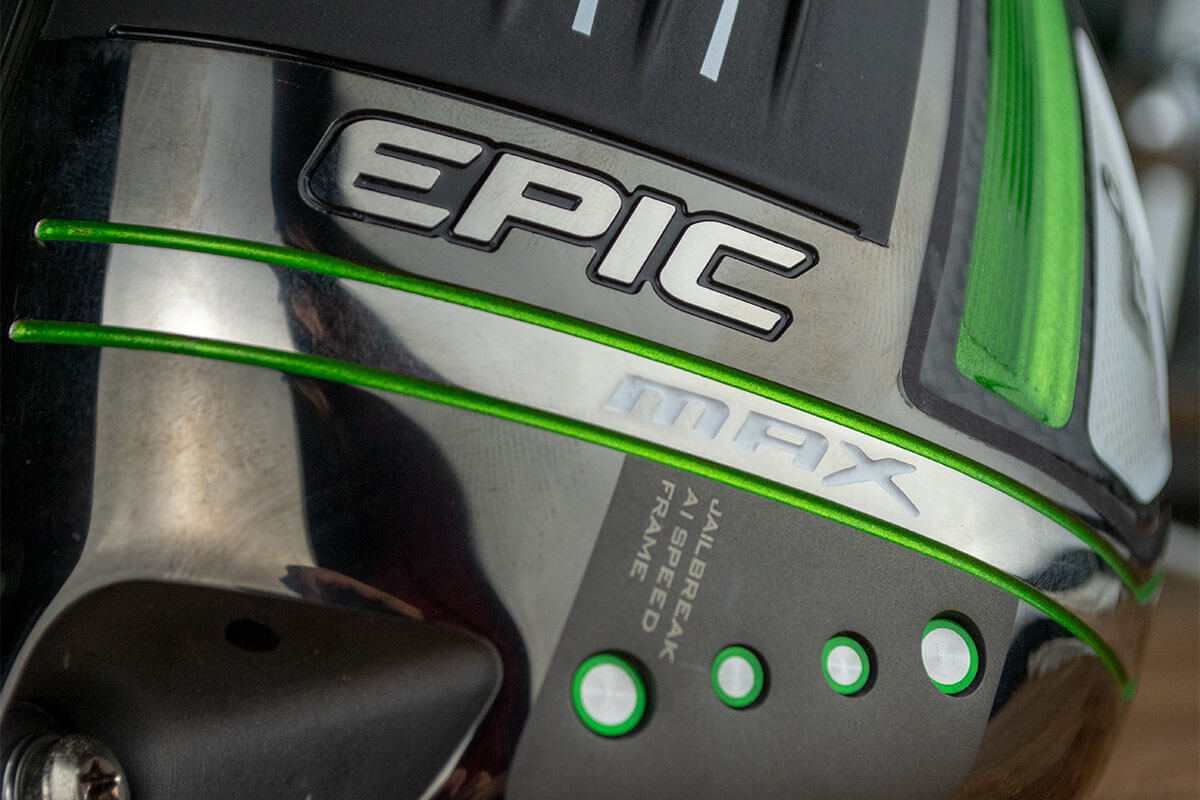
The Best Drivers for Mid Swing Speeds – FAQ
Buying a New Driver
Q: How often should I buy a new driver?
A: While on rare occasions there are quantifiable year-over-year breakthroughs, typically it takes three to five years for manufacturers to make any significant performance gains. With the USGA further tightening restrictions on manufacturers, it’s possible, even likely, that it will take longer still moving forward. Our recommendation is to buy a new driver only when it appreciably outperforms what is already in your bag. Of course, if you want a new driver because you want a new driver, that’s fine, too.
Q: With all the talk of new face technology, is there one driver that produces significantly more ball speed?
A: Across our test pool as a whole, we found no significant ball speed advantage that can be attributed to face technology. It’s true that some drivers worked significantly better for individual golfers than others but thus far we’ve found no evidence to suggest any one brand has a significant ball-speed advantage over its competitors.
Q: Does the shaft matter?
A: Absolutely. While changes to spin and launch and spin differences are rarely massive, shaft changes frequently lead to improved accuracy, tighter dispersion and greater overall consistency.
Q: What should I look for when testing drivers?
A: While golfers have been conditioned to consider distance to the exclusion of nearly everything else, we recommended looking at the little numbers and for small circles. When comparing metrics like distance and ball speed, be sure to look at your standard deviations (the small numbers usually found under the big ones on the data screen). Smaller numbers mean better consistency which will usually mean more than an extra yard or two on the golf course. Similarly, look for tighter dispersion ellipses (small circles). We can’t overstate the importance of consistency with the driver.
Q: Is there any downside to adjustability?
A: Yes, but … With many designs, adjustable hosels weigh significantly more than their glued alternatives so manufacturers have to find workarounds to offset the additional weight in an area where that is undesirable. Furthermore, movable weight systems require complex physical structures that eat up otherwise discretionary mass and often have sound and feel consequences. That said, in most cases, the fitting versatility more than offsets those negatives. This is especially true for golfers who choose not to work directly with a fitter.
Upright and Flat Settings
As it does with irons, the lie angle of your driver matters. Lie angle has a strong influence on where the ball starts. If you find yourself missing right, something as simple as an upright lie angle can help. Conversely, a flatter lie angle can help mitigate a left miss.
Most Wanted
Q: How are the drivers in the test fitted to each golfer?
A: We use a fitting process that we call “fit from stock.” Drivers are fitted to each tester using the stock no up-charge options from each manufacturer. We test with stamped lofts between nine and 10.5 degrees and fully utilize the fitting capability within each manufacturer’s lineup. This includes leveraging loft, lie and face angle adjustability (hosel), movable weights and available shafts.
Q: How is the “Most Wanted Driver” determined?
A: To determine the Most Wanted Driver, we look at a variety of performance metrics based on data collected with Foresight GCQuad Launch Monitors. For each tester, we calculate strokes gained across all testers. The Most Wanted Driver is the one that produced the highest strokes gained relative to the average across the entire test cohort
Q: How do you break down the test by swing speed?
A: In order to determine the best performing drivers at a given swing speed, we broke the data down into even groups based on testers’ average swing speed.
Q: How is the “Longest Driver” determined?
A: To determine the Longest Driver, we consider the average total yards across the test pool along with the statistical reliability of that data. We also look at a narrower subset of the data that included only the longest few shots hit by each tester with each club.
Q: How is the “Most Forgiving Driver” determined?
A: To determine the Most Forgiving Driver, we focus on a narrower set of metrics that includes shot area (dispersion), accuracy and the average standard deviation for ball speed and carry yards.
Q: How much does subjective feedback like looks, sound and feel factor into your rankings?
A: ZERO. Our rankings are based purely on launch monitor data and quantifiable performance metrics.
Editor’s Note: The PING G425 MAX and G425 LST drivers were originally included in this test. Subsequently, we learned that the clubs tested did not match the off-the-rack, retail specification. As a result, we have removed them from the test.






















scott
2 years ago
It would seam that all club would fly about the same distance because of ( COR ) if you hit them in the center of the face, how clubs very is the high on the face or off the toe. or low on the face. . the fine tune comes with loft of the club and shaft.